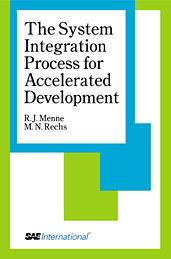Journal Article
Potential of Several Alternative Propulsion Systems for Light Rotorcrafts Applications
2013-09-17
2013-01-2230
Reducing greenhouse gas emissions to limit global warming is becoming one of the key issues of the 21st century. As a growing contributor to this phenomenon, the aeronautic transport sector has recently taken drastic measures to limit its impact on CO2 and pollutants, like the aviation industry entry in the European carbon market or the ACARE objectives. However the defined targets require major improvements in existing propulsion systems, especially on the gas generator itself. Regarding small power engines for business aviation, rotorcrafts or APU, the turboshaft is today a dominant technology, despite quite high specific fuel consumption. In this context, solutions based on Diesel Internal Combustion Engines (ICE), well known for their low specific fuel consumption, could be a relevant alternative way to meet the requirements of future legislations for low and medium power applications (under 1000kW).

